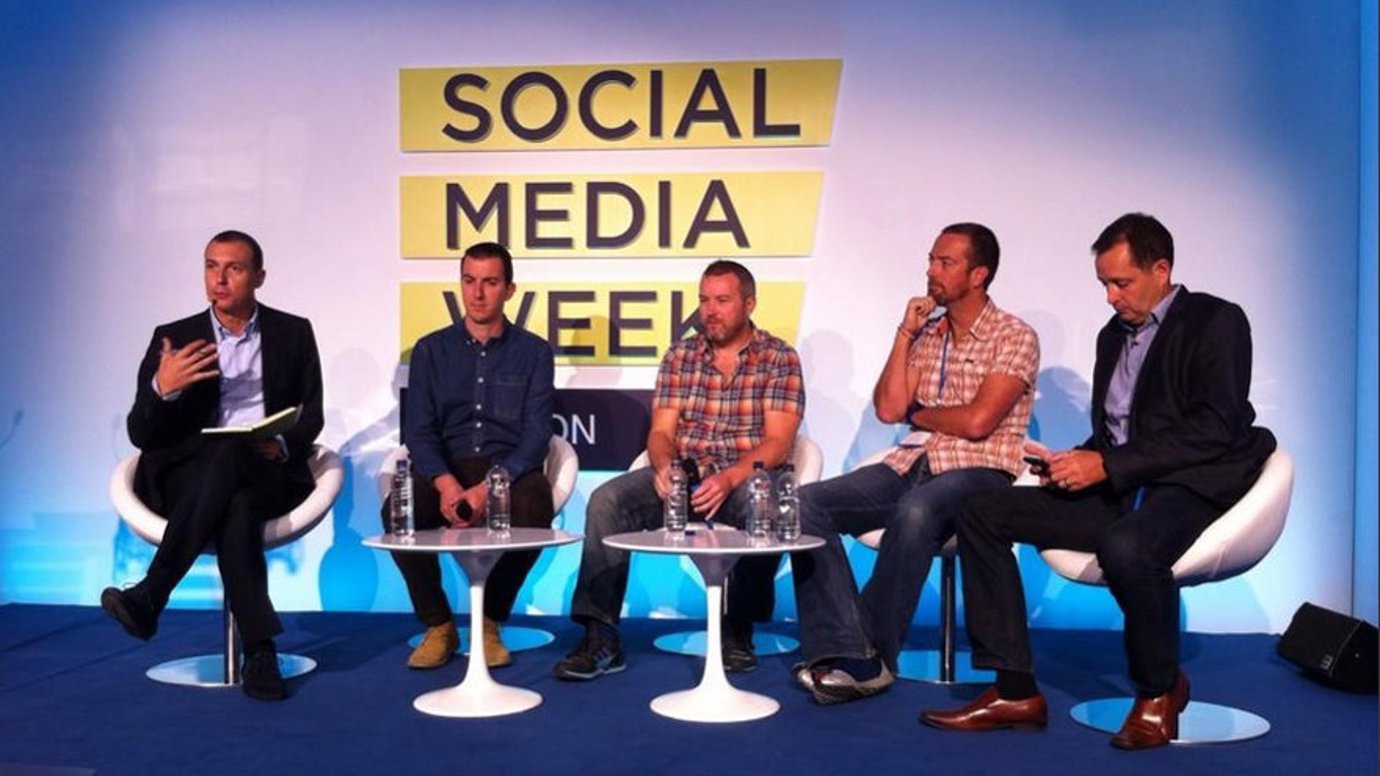social media
What I wish I’d seen at #SMWLDN: 8 ways charities are owning social
I think it was the absence of voices from outside SMW’s tight focus on consumer brands. Now that basically everything is social, it feels like the world we talk about at SMW could be much bigger.
Specifically I would have liked to hear from the disruptors behind some of the biggest social campaigns of the year: charities.
The best charities disrupt the conventional way things are done by acting like challenger brands. The whole purpose of a charity, after all, is to upset the status quo. I think we can learn a lot from them; their agility, passion and single-purpose pursuit of clear objectives.
There’s obviously a huge reserve of goodwill for these causes that people simply don’t have for consumer brands (quite right too), but there’s still plenty we can learn from the way they use social and their relationship with their agencies. So here’s a quick walkthrough of some of the greatest hits from this year…
1. Be fast
Homeless charity Depaul UK created a campaign in hours around the launch of the iPhone 6, working with its pro bono partner Publicis. The idea hatched by creatives on the walk to work, it was signed off that morning and live that afternoon. It saw the charity spending a couple of days queuing outside the Regent Street Apple store and then auctioning off the desirable space for charity. Amplification is a prime objective in any activity like this that we undertake. This one earned nearly £600 via an online auction, but much more in headlines and articles.
2. Be bold
Cancer Research UK jumped on #nomakeupselfies very quickly: it wasn’t their idea originally. Let’s face it, the link never even made sense – who in their right mind would equate the challenge of facing cancer with that of not wearing any slap? It was a bold move, but it paid off; a decision that ultimately made them £8m in donations and millions more in earned media. It delivered precisely what we’d aim to with any social media campaign; it wasn’t even a campaign in the typical sense – it was a movement.
3. Don’t be afraid of breaking stuff
Sometimes this boldness can backfire – see the mild backlash created when Macmillan attempted to piggyback the ALS Ice Bucket Challenge (partly as a reaction to the success it had seen Cancer Research UK enjoy with #nomakeupselfie). In retrospect it was naïve to try and gain support when the originating charity were so closely associated. But honestly, which agency doesn’t appreciate a brave client? We’re most effective when we’re moving fast, even if it does occasionally involve breaking things?
4. Be shareable
Part of the genius of Ice Bucket Challenge was this: who wouldn’t want to see their nearest and dearest drench themselves in buckets of iced water? Any social idea also needs to be mobile first and this was no different. A simple, fun, useful thing to do that you simply needed a phone and a bucket of icy water to take part in. What, as they say, is not to love?
5. Change the game
Charities are also using social and online to redefine how they fundraise. Guess2Give has recently introduced the concept of gamifying the traditional request for funds by letting people bet on the outcome of charity attempts. 2% of the total goes to the person who gets closest to the total, and it promises to inject some fun into more expected fundraising methods.
6. Embrace new platforms
Amnesty scored a hit recently in Australia with its Tinder Takeover for International Women’s Day. Instead of profile pictures to swipe, Amnesty created profiles explaining the lack of personal freedom experienced by women in some countries around the world.
As a mobile-only platform, Tinder would be a departure for most brands, but it worked for both Tinder and Amnesty, driving huge volumes of traffic to Amnesty’s campaign page on International Women’s Day and raising awareness in a brand new demographic.
7. You don’t ask, you don’t get
Sometimes the industry gets so concerned with the reach of social media that it’s easy to forget how powerful it can be as a one-to-one medium. Amongst the hullabaloo of the Christmas campaigns last year it was easy to miss Action on Hearing Loss convincing John Lewis to put subtitles on its ‘Bear and bunny’ ad by talking directly to them on twitter.
8. Partner up
Charities often lead the way here. Take Coppafeel’s partnership with The Sun this year. Controversial given the paper’s rather quaint relationship with female breasts, the hook-up was ultimately worth millions to the charity, and gave them huge reach on social media – estimating that Coppafeel’s message reached upwards of 41m people on twitter.
Paul Trueman is a Digital Copywriter at Bray Leino. To find out how we can help you enhance your digital strategy, contact: enquiries@brayleino.co.uk
